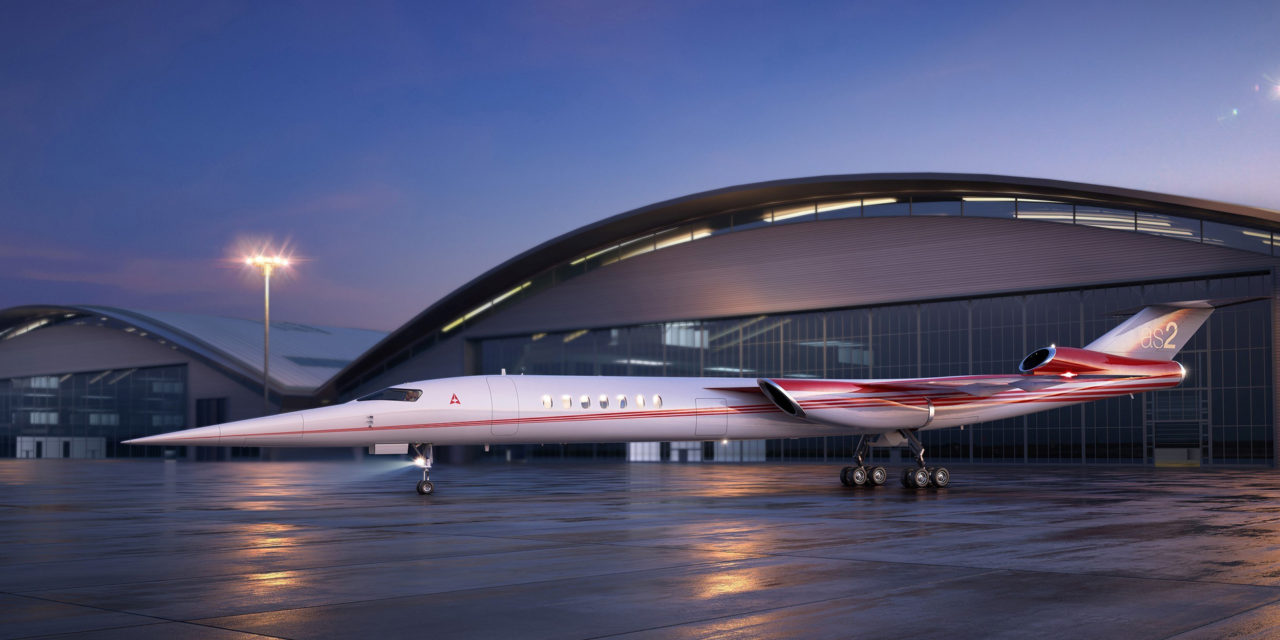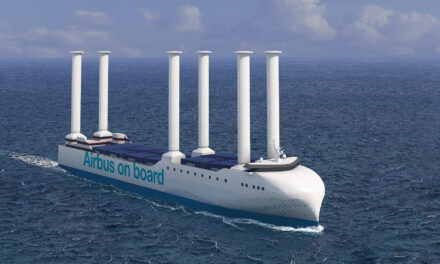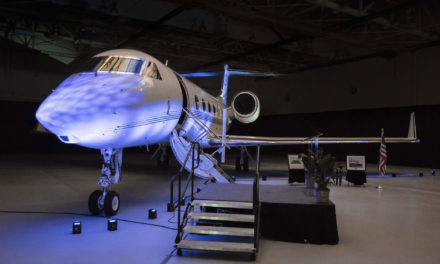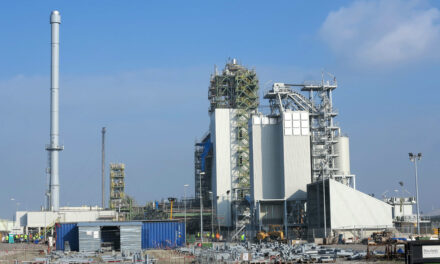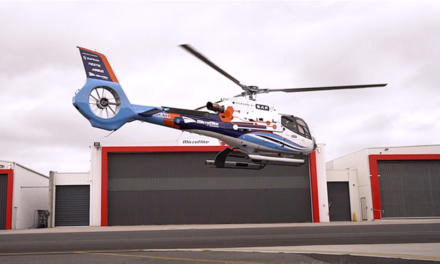Aerion and Lockheed Martin announced at the end of December that they have signed a Memorandum of Understanding (MOU) to define a formal and private process to study the feasibility of joint development of the world’s first supersonic business jet, the Aerion AS2. Over the next 12 months, the companies will work together to develop a framework for all phases of the program, including engineering, certification and production. Robert M. Bass, President of Aerion’s Board of Directors, confirms: “This relationship is absolutely essential to creating a rebirth of such an aircraft. As far as supersonic know-how is concerned, Lockheed Martin’s capabilities are well known and, indeed, legendary. We share with Lockheed Martin a commitment to the long-term development of effective civilian supersonic aircraft.” Orlando Carvalho, Executive Vice President of Lockheed Martin Aeronautics adds, “We are excited to be working with Aerion on the development of the next generation of supersonic jet aircraft. This program could potentially serve as a platform for future supersonic aircraft. The MOU is the result of extensive discussions between Aerion and Lockheed Martin’s Skunk Works advanced development program team.” The American company, known for having developed the main supersonic fighter jets in the world, (F-16, F-35, F-22, SR-71) has also turned, in recent years, towards the promotion of new innovations and towards the development of supersonic technologies with civil and commercial applications.
“After an initial review of Aerion’s aerodynamic technology, we have come to the conclusion that Aerion’s AS2 concept justifies the investment of our time and resources,” said Carvalho before adding: “We are committed to remaining at the forefront of aerospace technology and are excited to explore the contribution we could make to working with Aerion to make the AS2 a historic event.“
Over the past two years, Aerion has advanced AS2’s aerodynamics and structural design through a previous technical collaboration agreement with Airbus. As part of this effort, the two companies have developed several preliminary draft designs for wing and cell structures and system layout. The preliminary concept study also concerns the electric flight control system. “We are grateful for Airbus’ contribution to this program,” said Brian Barents, Executive Chairman of Aerion, adding that Aerion “could not have moved the program forward at this stage without their support.”

